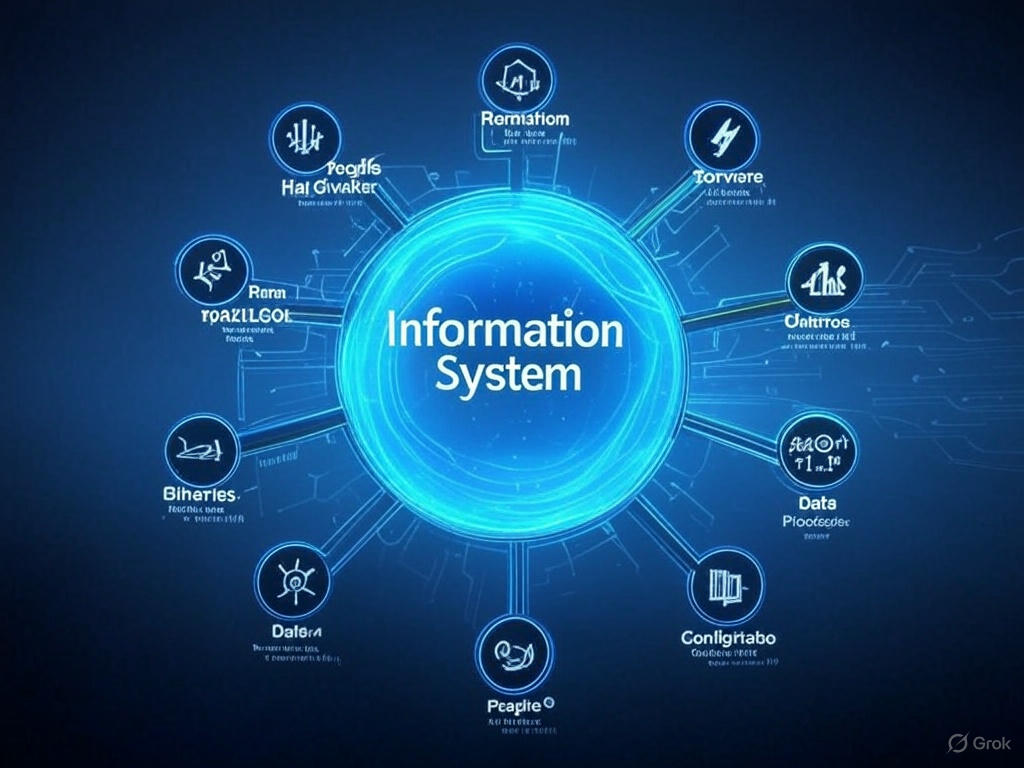The “7 Entities for an Information System approach” is our foundational methodology, which we apply as the first step in creating of new elements or troubleshooting existing in any Information System. It involves a comprehensive understanding of the following key concepts:

-
-
Hardware:
-
Servers, storage devices, networking equipment, and other physical infrastructure.
-
-
Software:
-
System Software: Manages hardware resources and provides a platform for application software (e.g., Windows, Linux).
-
Application Software: Performs specific business functions (e.g., Salesforce for CRM, SAP for ERP).
-
-
Binaries:
-
Compiled executable files and libraries necessary for software operation.
-
Examples include
.exefiles on Windows, ELF binaries on Linux, and various libraries (e.g., DLL files).
-
-
Configuration:
-
Settings files (e.g.,
.conf,.ini,.yaml) that define how software and systems behave. -
Network configurations, security settings, application parameters, and system tuning.
-
-
Data:
-
Structured data (databases), unstructured data (documents, emails), and semi-structured data (XML, JSON).
-
Data management includes storage, retrieval, processing, and analysis.
-
-
Processes:
-
Business processes supported by the IS, such as order processing, customer service, and inventory management.
-
IT processes for system development, deployment, maintenance, and security
-
-
People:
-
End Users: Perform daily tasks, input data, and utilize system outputs.
-
IT Professionals: Develop, maintain, and support the system.
-
Stakeholders: Influence system requirements and benefit from its outputs.
-
-